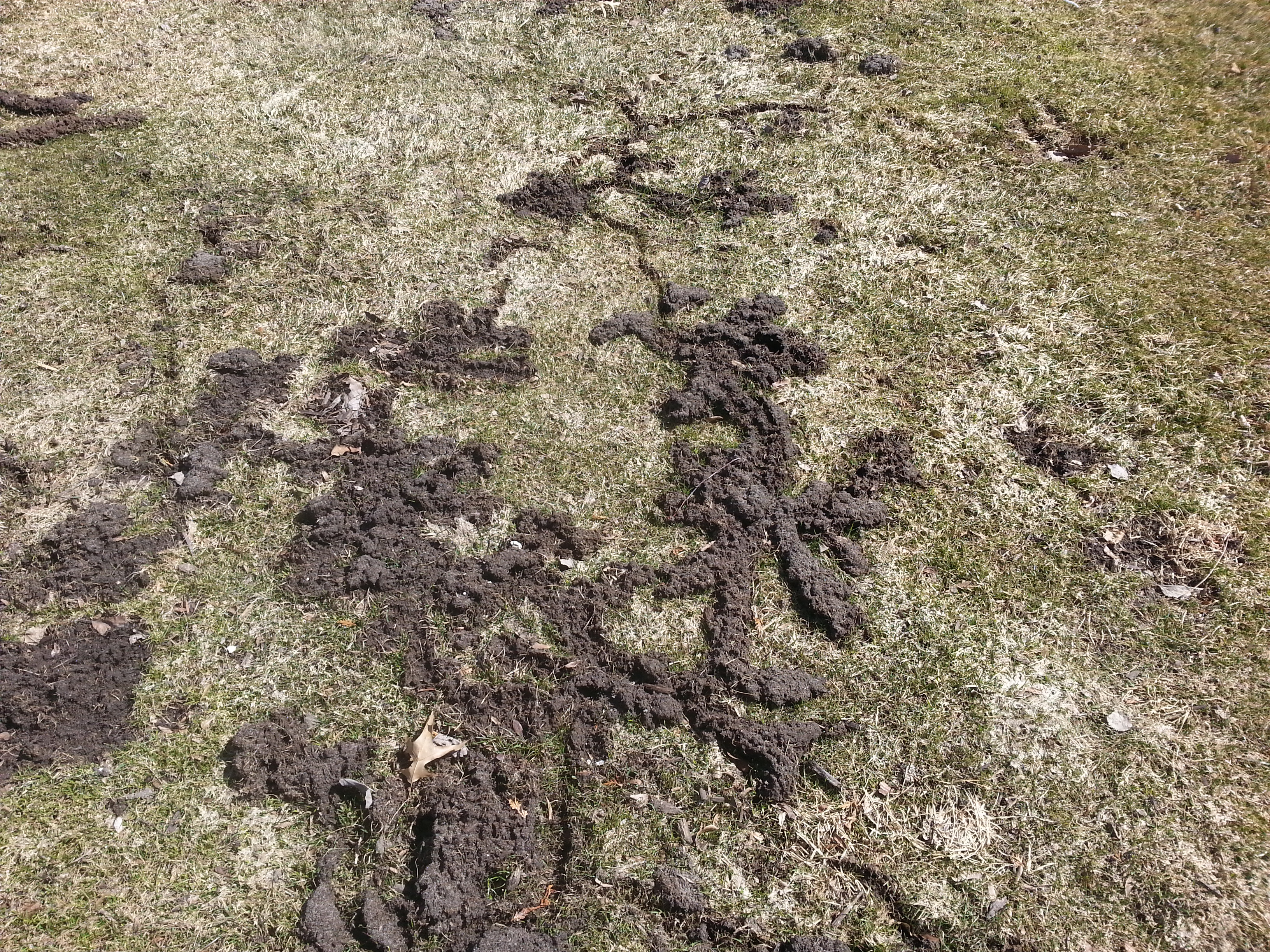Efficient Vole Control Solutions: Handling Vole Pest Issues
Efficient Vole Control Solutions: Handling Vole Pest Issues
Blog Article
Comprehensive Guide to Efficient Vole Insect Control: Invasion Identification and Treatment Methods
In the world of efficient insect control, vole infestations pose an one-of-a-kind challenge that demands a calculated method. By checking out the subtleties of vole actions, comprehending key indicators of problem, and reviewing a variety of control alternatives, one can create a comprehensive strategy to battle these elusive pests.
Recognizing Vole Behavior
Vole habits is characterized by their burrowing routines and quick recreation rates, making them a tough insect to regulate effectively. These little rodents normally develop complex tunnel systems underground, utilizing them for sanctuary, food storage, and transportation. Voles are herbivores, eating a variety of plants, origins, bulbs, and grasses, which can trigger significant damage to gardens, orchards, and yards. Their fast reproductive price further complicates control efforts, with women capable of generating several trashes in a solitary year, each consisting of a number of spawn.
Understanding vole habits is critical for reliable pest control techniques. By identifying their burrow locations, keeping an eye on feeding areas, and applying targeted control techniques, such as trapping or environment alteration, vole invasions can be managed effectively.
Indicators of Vole Invasion

Avoidance Methods
Applying effective prevention strategies is important in lessening vole invasions and guarding greenery from their damaging feeding routines (vole lawn damage). To stop vole problems, it is necessary to begin by this hyperlink getting rid of possible food sources and shelter. Keep yard and vegetation trimmed short, eliminate weeds and particles, and preserve a clean garden or yard to make the area less attractive to voles. Installing obstacles such as equipment cloth or underground secure fencing can likewise help deter voles from getting in specific locations. Furthermore, minimizing excess moisture by fixing leaking pipes and ensuring proper water drainage can make the setting much less welcoming for voles.
On a regular basis examining the building for signs of vole activity, such as paths and burrow openings, is vital for very early discovery and punctual action. If vole activity is thought, consider using catches or repellents tactically placed near their paths.
Non-Lethal Control Techniques
To properly handle vole populations while focusing on humane techniques, non-lethal control strategies use practical options for reducing vole damage in gardens and landscapes. These barriers can be hidden at least 12 inches bent and deep at a 90-degree angle to prevent voles from tunneling below.

Lethal Control Options
One effective technique for attending to vole problems in landscapes and yards entails the tactical usage of lethal control choices. When faced with a serious vole problem that non-lethal approaches have fallen short to consist Learn More of, applying deadly control procedures ends up being essential. Generally, when utilizing lethal control options, it is necessary to do so responsibly and in accordance with neighborhood regulations to successfully take care of vole invasions.
Final Thought
To conclude, effective vole pest control requires a comprehensive understanding of vole habits, recognition of signs of invasion, application of prevention strategies, and application of both deadly and non-lethal control methods. By incorporating these strategies, people can effectively take care of vole populaces and shield their building from damages. It is necessary to address vole problems immediately to stop more issues and minimize the influence on the surrounding setting.
Given the intricate passage systems and quick reproduction rates particular of voles, acknowledging the signs of vole invasion ends up being essential in reliable pest control. One of the additional hints primary signs of vole visibility is the visibility of surface paths or routes in yard or snow, typically concerning 1-2 inches vast, developed as voles travel in between their burrows and food sources.To successfully manage vole populaces while focusing on gentle techniques, non-lethal control strategies supply practical services for minimizing vole damages in landscapes and gardens.One effective technique for resolving vole invasions in landscapes and gardens entails the calculated usage of dangerous control options. vole pest control.In verdict, effective vole bug control requires a comprehensive understanding of vole behavior, identification of indications of invasion, application of prevention methods, and utilization of both dangerous and non-lethal control methods
Report this page